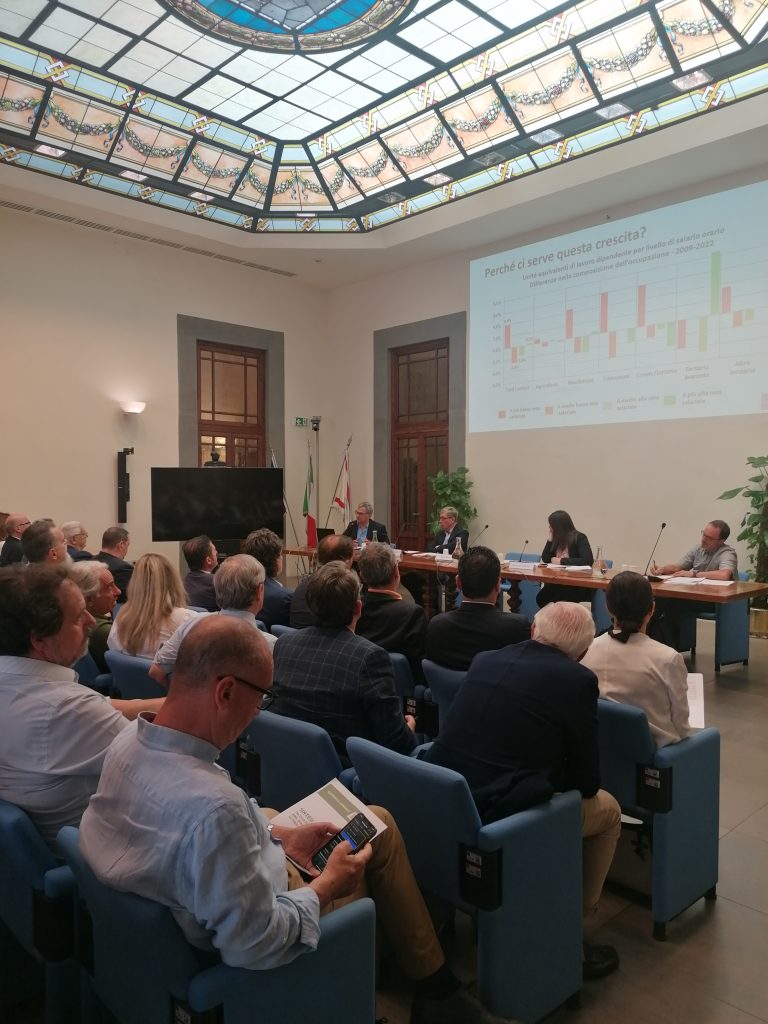By L. Ghezzi and N. Sciclone

Report editors: L. Ghezzi and N. Sciclone
Working group: C. Agnoletti, E. Conti, S. Duranti, N. Faraoni, T. Ferraresi, C. Ferretti, G. F. Gori, S. Iommi, P. Lattarulo, M. L. Maitino, M. Mariani, D. Marinari, R. Paniccià, V. Patacchini, L. Piccini, L. Ravagli, S. Turchetti
Editorial set-up: E. Zangheri
Despite the restrictive turn of monetary policies, in a persistent framework of uncertainty due to the unresolved geopolitical tensions fuelled in particular by the conflict between Russia and Ukraine, the Tuscan economy remained – during 2022 – anchored on an expansionary path.
The estimated GDP growth rate was 4.1 percentage points, which is higher than the national figure (+3.8 per cent) due mainly to a more pronounced dynamism of tourism in our region.
Growth in 2022 was driven, in Tuscany as in Italy, above all by domestic demand: on the one hand, investments, which were boosted by the draught of public incentives for the construction sector; on the other hand, consumption, which benefited from the boost provided by tourism and the savings reserves accumulated by households during the pandemic.
On the other hand, the contribution of foreign trade was negative for the second year running: exports recorded a positive dynamic (+8.4% at constant prices) and higher than both the Italian average (+7.8%) and that of the main exporting regions; but the import dynamic was even more pronounced.
The labour market continued to show an increase in the number of jobs and the overall volume of work. The jobs lost during the pandemic are now outnumbered by those created in the subsequent recovery. In 2022, on an annual basis, there were 89,000 more jobs in Tuscany than in 2019.
The net activation of employment relationships was driven in particular by permanent contracts, mainly due to the transformation of fixed-term contracts, which reached 54,000 last year: the highest value observed in the last thirteen years. The positive balance between starts and terminations of permanent contracts more than offset the decline in fixed-term contracts, which was more pronounced at the end of the year. (…)